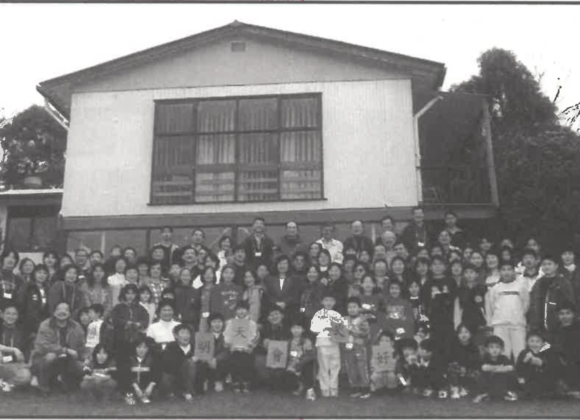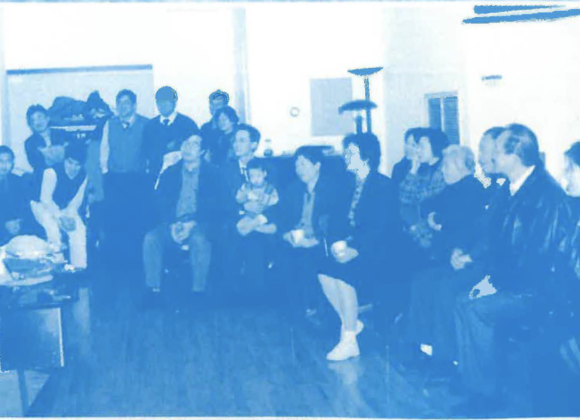Pius Lee
Storm surge causes inundation of large swaths of coastal land. Eleven years ago, storm surge from Hurricane Sandy havocked large damages in New York (NY) and New Jersey (NJ). Today, some of those destructions are still noticeable and remain unrepaired. Until now, a stunning $71 Billion price tag has been accumulated to clean up and recover from the aftermath of Sandy in NY and NJ. The price tag is still increasing and counting. The devastations of storms in coastal areas are mainly caused by wind and water. Water damages are often at least an order of magnitude more costly than wind damages. In terms of casualties, flood-related deaths are much higher than those associated with wind-blown accidents in coastal storms. Hurricane Katrina ravaged large damages in New Orleans and its vicinity in late August 2005. They were largely attributable to floods. Hurricane Katrina drowned more than 1800 people as a result of sudden flooding in their living quarters seeking shelters or in transportation vehicles. Many of such losses were instantaneous, horrendous and heart-breaking as whole families and communities were wiped out in a short time due to being ignorant about the approaching threat from the sea.
Rising Sea Water
A storm surge is defined as the amount of time which averaged sea water rise due to the impacts of a storm. It includes: the rise of sea water due to a low atmospheric pressure system in association with the storm, as well as water rise induced by wind-drag. The former is called the barometric sea rise. Under normal circumstances, the barometric rise of seas should not exceed one meter. The sum of sea water rises attributable to a storm surge and a coinciding astronomical tide is called a storm tide. The factors determining the maximum sea water rise include: astronomical tide, wave height, wind-drag surge, and the coast-line funneling effects. Each of these has the potential to be the leading factor for sea water rise. Storm gust driven waves in an energetically excited sea state can be many meters high. Therefore on top of the storm tide, these battering waves excited by the storm add much higher destruction potentials. In layman terms the total maximum high water mark in a storm is also called a “storm surge”. Hereafter, I use this layman definition instead of the technical one in the beginning of this paragraph.
Colossal Losses
In recent memory, the most devastating storm surge disaster happened on April 29 1991. A large storm surge hit the Bay of Bengal in southern Bangladesh. In that fateful event, a storm land-fall coincided with an astronomical tide amounting to a huge maximum storm surge of 10 meters. Many people died in acute drowning. Thousands more died in the following weeks of cholera and dysentery due to unsafe drinking water resulted from the flood. Over 100,000 people died as a result of that single fateful storm surge.
In the U.S. the two most costly single natural disasters in recent years were both storm surge related: (1) A 6 meters storm surge associated with Hurricane Katrina in September 2005 land-falled near New Orleans, LA, and (2) A 5 meters storm surge during Hurricane Sandy on October 29, 2012 land-falled near Atlantic City, NJ. The former suffered the largest casualties. The latter suffered the largest monetary expenses for property and real estate repairs and compensations.
A Stealthy killer
The danger and harm of a storm surge is its suddenness and its large geographical extent. One can think about the devastation of a storm surge in terms of its suddenness and widespread intrusion as a tsunami hitting a coastal city. Hurricanes are the strongest type of storms. It has a sustained wind, defined as steady wind continually for at least 2 minutes, exceeds 120 km per hour (75 miles per hour). Hurricanes are formed over oceans with warm Sea Surface Temperatures (SST). Under warm sea surface temperature conditions, specifically speaking, when the SST surpasses the hurricane genesis threshold of 26-degree Celsius, the oceans are capable of brewing hurricanes. Due to the spinning of the Earth, hurricanes swirl counterclockwise in the Northern Hemisphere, and swirl clockwise in the Southern Hemisphere.

El Niño
Recently, the National Oceanic and Atmospheric Administration (NOAA) of the U.S.A. has forecasted an active El Niño year for 2023-2024. This would mean bad news for the hurricane season of the U.S.A. For the Atlantic Hurricanes the El Niño occurrences make the storms stronger and more frequent. The Pacific Hurricanes are also affected. El Niño occurrences cause more severe and frequent torrential deluge and storm surges in certain regions around the tropics and subtropics. This is mainly due to the abnormally high SST during an El Niño cycle.
An El Niño occurrence in a year usually means poor fishery catches for the following few years. Warmer water usually means fewer nutrients in the sea water. The El Niño devastation is not confined to economy and food security but also extends also to extreme weather and storms. The recent severity of hurricanes and storm surges could be partially attributed to the active El Niño cycles. This finding was confirmed by more accurate records for SST measurements amassed by satellite observations. Although in an El Niño cycle, the abnormally warm surface peaks around December, the abnormally “warmer than usual” SST in the Southeastern Pacific Ocean lingers on for months that follow, influencing a hurricane genesis. As a matter of fact, the entire fall season lies within the official hurricane season of the U.S.A. from June 1st to November 30th. Therefore one should not romanticize the gorgeous crispy days of autumn lest being caught off-guard against hurricanes.

(Credit: NOAA)
Cities at Risk
Storm surge is a threatening dilemma for many large metropolitan centers along the coastlines of the various continents. Herein are a few well-known large coastal metropolitan centers with a low lying topology. The following large cities are merely meters above the sea if any at all: {U.S.A} Miami (1 m); New Orleans (2 m); Atlantic City (2 m); Boston (6 m); New York (10 m), {Asia} Osaka (1 m); Hong Kong (4 m); Jakarta (3 m); Mumbai (6 m); Bangkok (8 m), {Europe} Amsterdam (-2 m); Hamburg (8 m); and Toulon (8 m). If one studies the storm-flood insurance policies of the real estate of these cities, he will find the common lament of high flood-zone insurance premiums. In some cases it is cost-prohibitive to rehabilitate infrastructures damaged by previous floods. For instance, in the aftermath of Hurricanes Katrina and Sandy, their respective affected cities of New Orleans and New York have many damaged structures. They were unrepairable as no flood-zone insurance was granted. It signaled that rebuilding is financially prohibitive.
Many of these cities are predicted to become submerged in the sea in accordance with the United Nations Intergovernmental Panel on Climate Change (IPCC) forecast. It is forecasted that in 2100 the sea would have risen another 84 centimeters respective to today’s level. This potentially record shattering storm surges aggravated with the IPCC projected sea rise render developers to thinking twice to rebuild or build along low-lying coasts. I personally think brute force levee enlargements have its limits. Even the Afsluitdijk dyke in the Netherlands cannot be indefinitely enlarged — Besides the Great Wall of China, the Afsluitdijk dyke is the only other man-made structure visible from the moon with the unaided eyes. The 32-kilometer long 12 meters tall dyke between the provinces of Noord-Holland and Friesland protects a large part of the Netherlands against flooding.


God Treasures Us
To mitigate the dilemma of losing land to the sea, a carbon trade concept can be applied. Investment to rebuild can be better spent to reallocate. Nonetheless, the storm surge dilemma is far more complicated than carbon trade. Heritage and identity are ingrained in man. Culture and tradition matter according to where people lived through the generations. Reallocating people is not the same as reallocating carbon dioxide emissions. No wonder the term “climate change” becomes a magic wand igniting controversies and conflicts all across the world in every walk of life. I personally reject the doomsday notion of “climate change” as change has been the only constant since Day One in Genesis. What man needs to do is to humble ourselves before our Maker. We can find peace and comfort in our merciful and loving Maker: “The LORD sits enthroned over the flood; the LORD sits enthroned as king forever. May the LORD give strength to his people! May the LORD bless his people with peace! ” (Psalm 29:10-11)
Author: Pastor Dr. Pius Lee is the Director of the Development Division of NYSTM. Pastor Lee previously worked in the National Oceanic and Atmospheric Administration. (NOAA) where he was selected the winner of the Administrator’s Award for NOAA’s Air Pollution Forecasting Group in 2020.
Pius Lee. “[Storm Buster series] Storm Surge” NYSTM Truth Monthly, December, 2023.
https://nystm.org/nytm2312-11/
李志成傳道 / 博士、李黃嬋英師母
作者/講者
¤ 李志成傳道/博士
▪︎前美國國家氣象局 NOAA 氣象預測科研組長
▪︎前紐約短宣中心拓展部主任
¤ 李黃嬋英師母
▪︎瑞典卡羅林斯卡醫學院社工學系畢業,曾任瑞典養老院護理工作
▪︎前紐約短宣中心義務同工
【小趣奇遇】壓迫商家驅逐去新經濟區

當我們一家被迫拋屋棄貨被驅逐到龍安省(Long An)的一個小鎮墟(Thu Thua)之後;我們的戶口被取消,孩子同時也被取消在城市內上學的資格。四哥與我、弟妹都要輟學。
[Storm Buster] Storm Surge
![[Storm Buster] Storm Surge [Storm Buster] Storm Surge](https://eresource.ifstms.org/wp-content/uploads/2023/12/Hurricane_Kate_2003-_Good_pic-860x500.webp)
Storm surge causes inundation of large swaths of coastal land. Eleven years ago, storm surge from Hurricane Sandy havocked large damages in New York (NY) and New Jersey (NJ). Today, some of those destructions are still noticeable and remain unrepaired.
[Interesting Adventures] The New Economic Development District Policy in Vietnam
![[Interesting Adventures] The New Economic Development District Policy in Vietnam [Interesting Adventures] The New Economic Development District Policy in Vietnam](https://eresource.ifstms.org/wp-content/uploads/2023/12/WhatsApp-Image-2023-11-29-at-14.26.37.webp)
The Vietnamese government had planned well ahead and prepared many makeshift-hut developments such as the one we were sent among all the villages and provinces.
[Interesting Adventures] Suppressing the Merchants (Part II)
![[Interesting Adventures] Suppressing the Merchants (Part II) [Interesting Adventures] Suppressing the Merchants (Part II)](https://eresource.ifstms.org/wp-content/uploads/2023/11/oppressed-Merchants-2-web-edited-800x500.jpg)
Upon the confiscation of our family-cloth-business, there was an undercover policewoman stationed at our home for three weeks every day from 7:00 am till 6:00 pm. Our every move was scrutinized⋯⋯
[Storm Buster] Autumn Foliage Forecast
![[Storm Buster] Autumn Foliage Forecast [Storm Buster] Autumn Foliage Forecast](https://eresource.ifstms.org/wp-content/uploads/2023/11/Screen-Shot-2023-10-30-at-11.05.07-PM.jpg)
Autumn is pleasant. It has many public holidays for the most populous countries in the northern hemisphere. In the U.S. we have Labor Day, Columbus Day and the Veterans Day. In China there are Mid-Autumn Festival and Double-Yang Festival.
[Storm Buster Series] Preempt Wildfires
![[Storm Buster Series] Preempt Wildfires [Storm Buster Series] Preempt Wildfires](https://eresource.ifstms.org/wp-content/uploads/2023/10/nytm2310p-72.jpg)
We were all stunned by the apocalyptic scenes of devastation and destitution caused by wildfires in Maui, HI. The utter sense of desolation and desperation was overwhelmingly sad. It destroyed the idyllic Island of Maui. Many people are still in denial and disbelief when they look at the news reports.
[Interesting Adventures] The Oppressed Merchants (1)
![[Interesting Adventures] The Oppressed Merchants (1) [Interesting Adventures] The Oppressed Merchants (1)](https://eresource.ifstms.org/wp-content/uploads/2023/10/nytm2310p-71-700x500.jpg)
Mom and dad ran a textile and cloth business for thirty years. Their humble street hawker beginning was never remote. Only through thrift living and hard work did mom and dad gradually expand their business and eventually proudly owned a retail shop in the middle of the vegetable markets.
【小趣奇遇】民族之間文化的差異

我父母親年輕未婚時來自潮州;但我們六個兄弟姊妹都是出生於越南。全家一直住在華人聚居最多的「堤岸」。華人都是做大小生意為生的。連本地越南人都學會說粵語,特別需要在生意上能用粵語溝通,他們也讓自己孩子去華文學校讀書。
Heatwaves

Heatwaves in many parts of the Northern Hemisphere captured the public’s attention. The inadequacy of the central air conditioning units in many of the northern cities testifies to the unexpected increase in air temperature across Northern Europe, Asia and America.
Cultural Divide

Born in Vietnam, my siblings of six including myself, lived in a Chinese town called “Cholon”. Cantonese was the business dialect that even the native Vietnamese learned to speak. Many of the Vietnamese natives sent their children to Chinese schools.
【小趣奇遇】教學混亂與民間迷信

在1975年南越政變後,我和二哥(榮光)和弟弟(榮南)就讀的「同心」中小學,从私立成了公立學校,取消了學校制服。由於不夠老師,加上政府監控學校制度,又撤銷所有華語課堂,規定只准許學習當地越南文。
The Unfathomable Deep Space and Seas
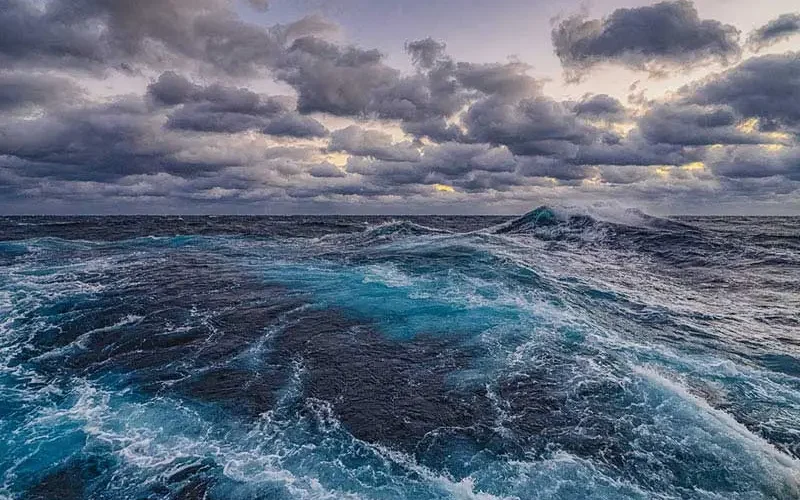
Man is an adventurous creature. In the pre-pandemic year of 2019 the US travel and tourism industry generated 1.9 trillion dollars in economic output. That was a startling 9% of the nation’s corresponding GDP of 21.38 trillion dollars in 2019.
Chaotic schools and rampant superstitions

When the communists took over Vietnam in 1975, my second eldest brother (David), I and my younger brother (Kevin) were studying in the “Same Heart” middle-and-elementary school in Cholon, Vietnam. Originally a private school, it was changed to a public school under the communist government.
Calmness after the War (Part II)

My parents ran a textile and clothes retail shop from our home. Under the new communist government after the Vietnamese civil war, every home was eager to sew the new national flag. Therefore, all of a sudden our home business was thriving beyond our wildest imaginations.
【小趣奇遇】戰亂後的平息(下集)

父母親是做買賣布料的家庭式生意。內戰後的新興政府,規定家家戶戶都要買布料縫裁新國旗。突然間,店舖的生意好到忙不過來。我的大哥(雁榮)想幫父親的輕型電單車加油,去了附近一公哩以外的油站加油。
Pollen Allergy Becoming a Mainstay

Pollen allergy is more commonly known as hay fever. Medically speaking, it is called seasonal allergic rhinitis —- a provocation of the immune system to overreact to pollen from trees, grasses, and weeds. Hay fever occurs mainly in the spring and fall when pollen from trees, grasses, and weeds are in the air.
Calmness after the War (Part I)
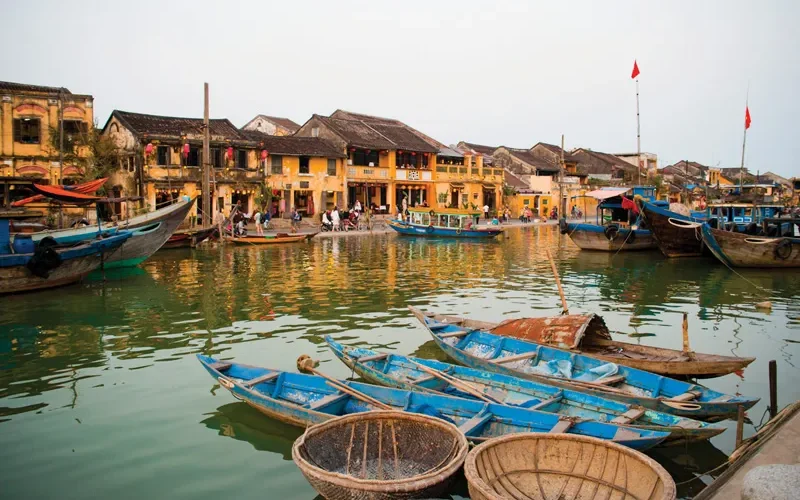
In the May issue we mentioned the civil war between North and South Vietnam. It finally ended on the so-called “Liberation Date” on April 30, 1975. The North united the country into a communist country.


![[Storm Buster] Storm Surge [Storm Buster] Storm Surge](https://eresource.ifstms.org/wp-content/uploads/2023/12/Hurricane_Kate_2003-_Good_pic-860x585.webp)















![[Storm Buster] Storm Surge [Storm Buster] Storm Surge](https://eresource.ifstms.org/wp-content/uploads/2023/12/Hurricane_Kate_2003-_Good_pic-580x420.webp)

![[Storm Buster] Autumn Foliage Forecast [Storm Buster] Autumn Foliage Forecast](https://eresource.ifstms.org/wp-content/uploads/2023/11/Screen-Shot-2023-10-30-at-11.05.07-PM-580x395.jpg)

![[Good Questions] What is Truth? Part 2 [Good Questions] What is Truth? Part 2](https://eresource.ifstms.org/wp-content/uploads/2023/11/What-is-Truth-Part-2-580x420.jpg)
![[Good Questions] What is Truth? [Good Questions] What is Truth?](https://eresource.ifstms.org/wp-content/uploads/2023/10/truth-166853_1280-750x450-1-580x420.jpg)
![[Storm Buster Series] Preempt Wildfires [Storm Buster Series] Preempt Wildfires](https://eresource.ifstms.org/wp-content/uploads/2023/10/nytm2310p-72-580x401.jpg)






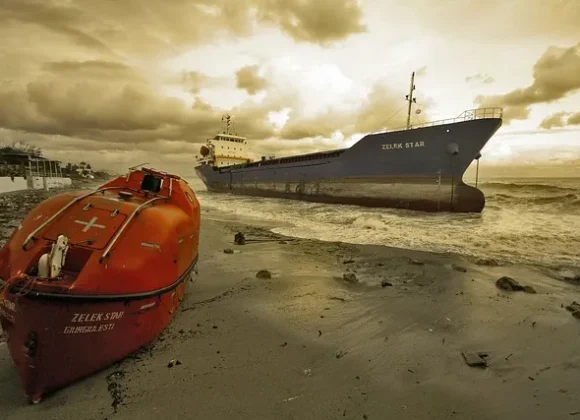

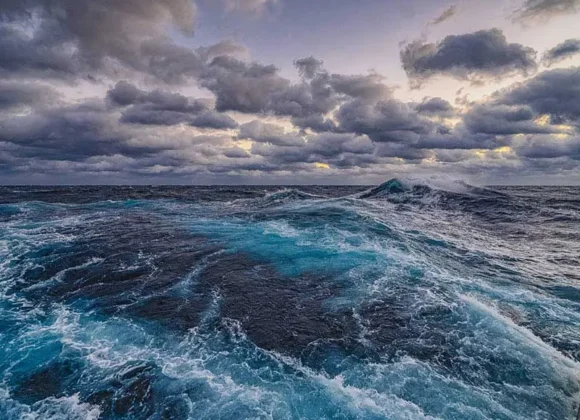














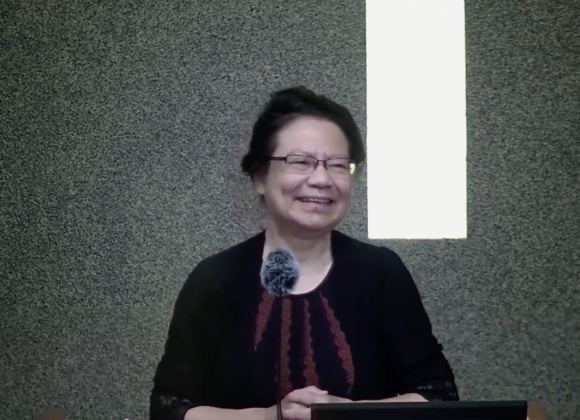















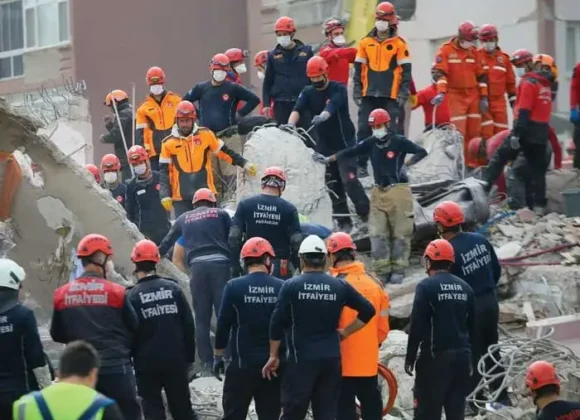
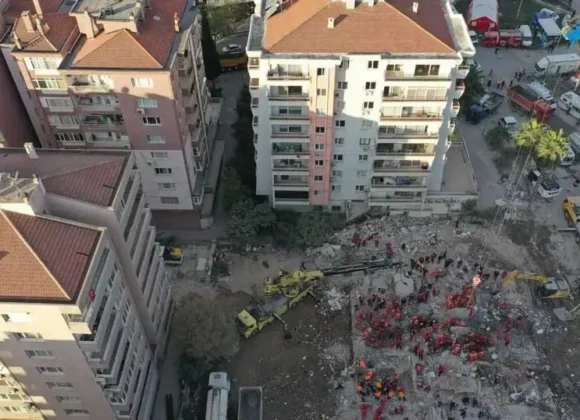








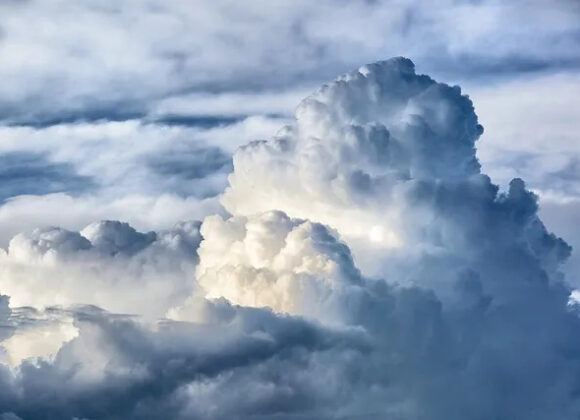





















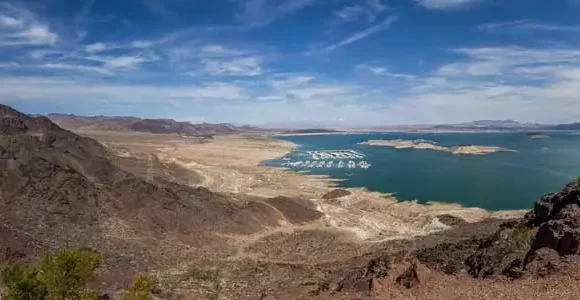






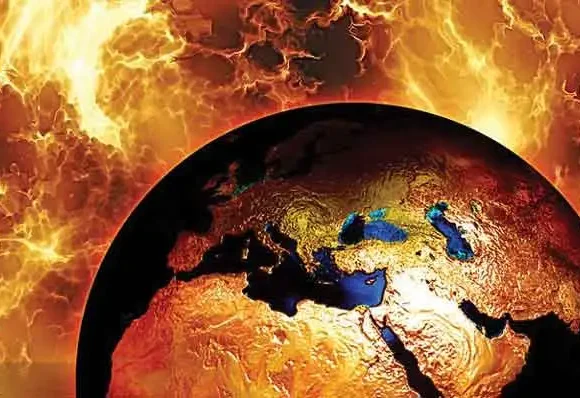








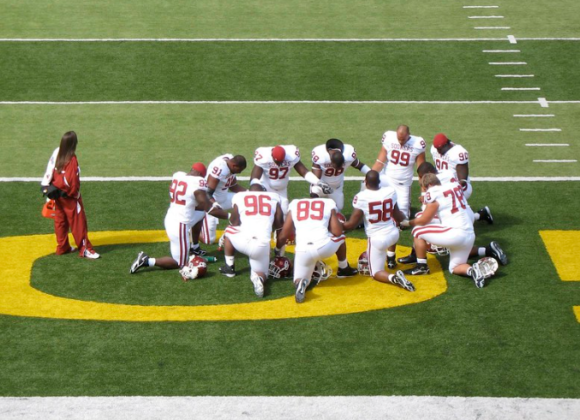







的創建.jpg)



















































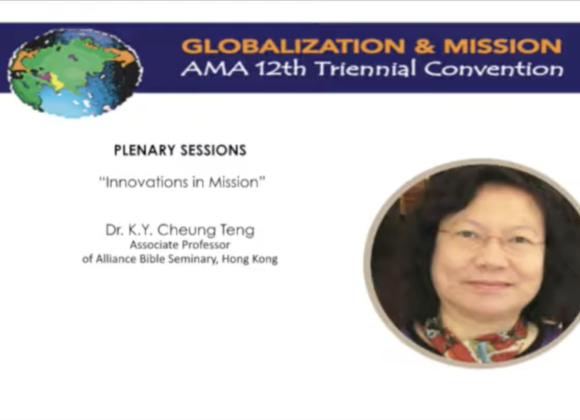











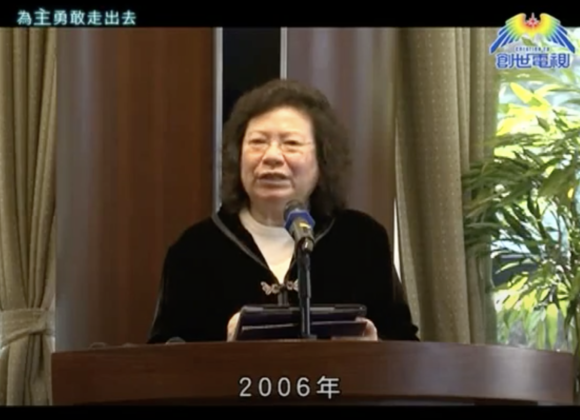





















-580x420.png)

-580x420.png)

-580x420.png)
-580x420.png)











